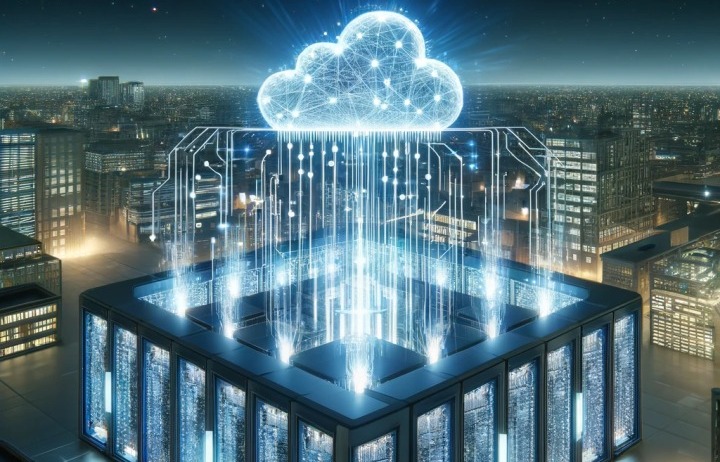Antonio Neto
Head of Data and Financial Products | Fintech | Data as a Product | AI & ML| Business Intelligence & Data Analytics | Product
In an era increasingly driven by data-intensive AI, we are witnessing a new chapter in the technological revolution that is not only data-hungry but also energy-intensive. Energy has historically been the cornerstone of innovation. Throughout history, the economic impacts of steam power and electricity underscore their pivotal roles in innovation.
The rise of generative AI illustrates how crucial electricity is to this complex equation. The basic ingredients for AI include chips, energy, and data centers. Let's delve deeper into the energy component.
Power systems are becoming increasingly complex as electricity demand surges alongside decarbonizing efforts. According to the International Energy Agency, data centers currently consume about 1 to 1.5 percent of total electricity globally. However, the rapid expansion of artificial intelligence could significantly increase this demand.
Predictions suggest that NVIDIA will ship 1.5 million AI server units annually by 2027 if current trends continue. These servers, operating at full capacity, are expected to use at least 85.4 terawatt-hours of electricity each year-surpassing the annual consumption of many smaller countries.
Energy companies increasingly recognize AI power consumption as a key driver of new demand. The Boston Consulting Group forecasts that by 2030, data center energy requirements could account for up to 7.5% of total U.S. electricity consumption-equivalent to the usage of 40 million U.S. homes.
The anticipated increase in power consumption stems from a rise in the number of GPUs sold each year and an increase in power draw per GPU. The 650 Group expects AI server shipments to escalate from one million units last year to six million by 2028. Gartner predicts that most AI GPUs will require 1,000 watts of electricity by 2026, up from an average of 650 watts today.
While AI could potentially mitigate some of the energy challenges it exacerbates, such as improving the efficiency of renewable energy systems and reducing emissions from server farms, these gains are unlikely to offset AI's growing electricity demands. This scenario underscores the argument by some experts that a significant technological breakthrough is necessary to balance the scales.
https://www.linkedin.com/pulse/rise-power-couple-ai-energy-antonio-neto-o1ipe/





